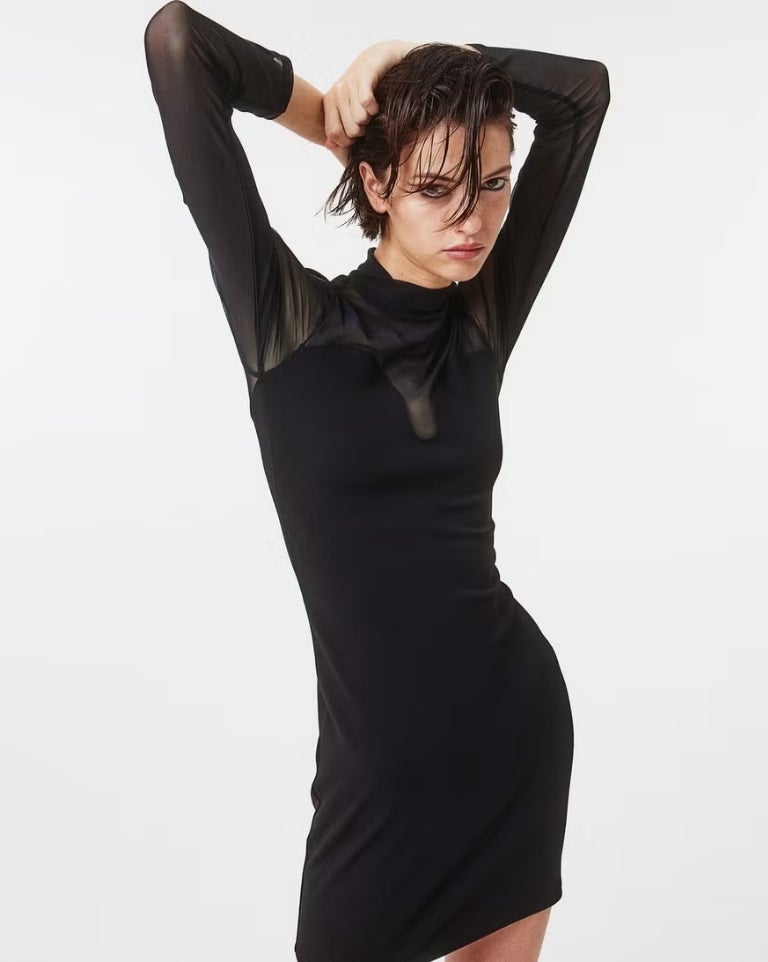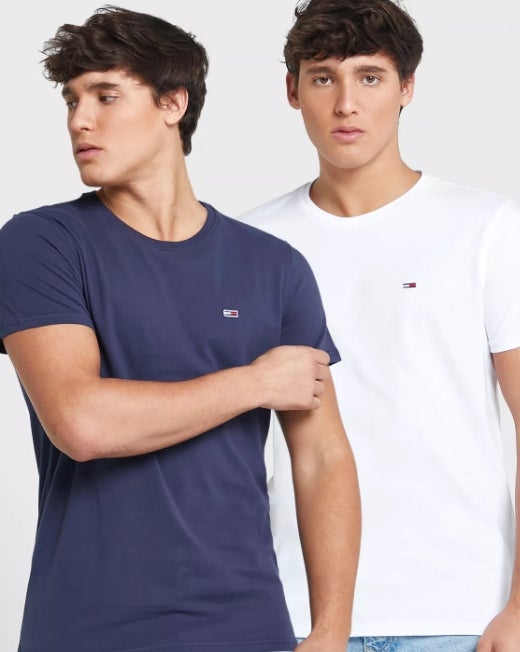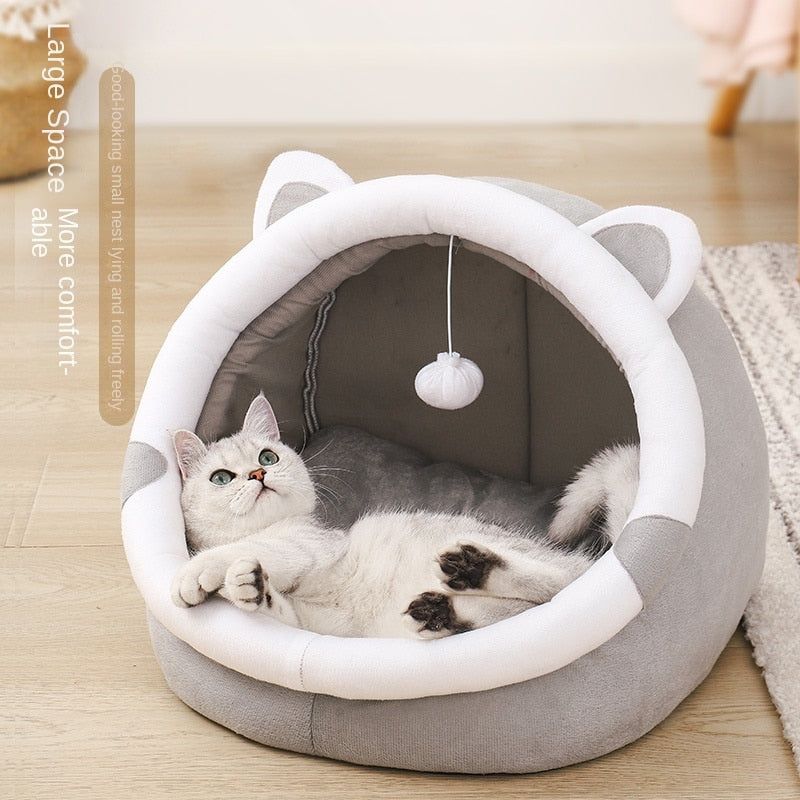The Evolution of Fashion: From loincloths to Runways
Introduction
Fashion is more than simply clothes; it's a reflection of culture, society, and personal expression. A fascinating tapestry of changing trends, styles, and social influences is the history of fashion. The history of fashion spans centuries, continuously advancing and adjusting to the world's changing conditions, from ancient civilizations to the contemporary catwalk. We'll travel through time to study the rich and varied history of fashion in this article.
Functionality and Form in Ancient Clothing

As long as individuals have had to wear clothing for protection and modesty, fashion has been a component of human existence. Clothing served a pragmatic purpose in the early civilizations, such as Ancient Egypt and Mesopotamia, but it also had cultural and religious importance. The fabric of choice was linen, and ornaments like jewelry and elaborate needlework could be found on tunics and robes.
Fashion took on a new dimension in ancient Greece, with an emphasis on drapery and simplicity. For instance, the toga was a legendary outfit, and the chiton idea spread throughout Greek design. As societies developed, so did fashion, which reflected the ideals and aesthetics of the time.
Renaissance and the Middle Ages: A Pageantry of Opulence
Expensive attire was prevalent throughout the medieval era. Rich people and the aristocracy dressed in lavish materials like brocade, silk, and velvet. While women wore gowns with full skirts and corsets, males wore doublets, hose, and codpieces. When exquisite lace, delicate embroidery, and the enduring ruff collar first appeared during the Renaissance, art, science, and fashion began to converge.
The Industrial Revolution and the Enlightenment

A trend toward more refined and neoclassical fashion was brought about by the Age of Enlightenment in the 18th century. As a result of classical Greek and Roman influences, gowns grew simpler. With the invention of the sewing machine and mass production in the 19th century, fashion underwent major change. The availability of ready-made garments increased, and "fast fashion" emerged.
Revolutionary Century: The 20th Century
Fashion underwent unheard-of alterations in the 20th century. The roaring twenties, during which flapper outfits and short hairstyles revolutionized women's fashion, defined the 1920s. During the 1930s and 1940s, utilitarian clothes increased in popularity as a result of the Great Depression and World War II.
Haute couture flourished during the post-World War II era, when creators like Christian Dior transformed fashion with the "New Look." Youth culture and counterculture movements emerged in the 1960s, which contributed to the popularity of bell-bottoms, tiny skirts, and psychedelic patterns. With their power suits, shoulder pads, and bright colors, the 1980s were a decade of brazen excess.
A Global Melting Pot of Modern Fashion
The internet and social media have helped fashion become a global phenomenon in the twenty-first century. Global influences converge on runways, highlighting ethnic diversity more than ever. As environmental concerns grow, sustainable fashion is also gaining popularity. Eco-friendly materials and ethical techniques are now being used by designers in their designs.
The digital revolution in fashion in the twenty-first century
As the twenty-first century has begun, a digital revolution has occurred in the fashion industry. The way we consume and interact with fashion has changed as a result of the internet and social media. People can now purchase online more easily because to the growth of e-commerce, which has lessened the necessity for real retail locations. Social media platforms have been used as virtual runways by fashion influencers and bloggers to help shape trends. The boundaries between the physical and digital worlds are becoming more hazy as designers use live broadcasts and virtual fashion shows to share their collections with a worldwide audience.
Sustainable fashion and ethical clothing
Sustainability and moral behavior have taken center stage in the fashion business in the twenty-first century. Consumer values have changed as a result of rising environmental and labor consciousness. There is currently pressure on brands to use eco-friendly products, cut waste, and guarantee fair labor standards. Due to the increasing number of designers and firms implementing sustainability into their business models, sustainable fashion is no longer a niche sector but rather a mainstream trend.
Inclusivity and Diversity
Additionally, diversity and inclusivity in fashion are growing. An increasing number of models from various ethnicities, sizes, genders, and abilities are being accepted by the business. This shift toward inclusiveness reflects the significance placed on diversity and representation in today's shifting social environment. Designers and companies are actively working to eschew conventional notions of beauty in favor of a more inclusive one.
Restoration of Retro and Vintage Fashions
Fashion frequently includes a substantial amount of nostalgia. The 21st century has seen a lot of retro and vintage fashion comebacks, with components from earlier decades resurfacing. Fashion continues to draw inspiration from the past, reworking and reimagining historic designs for a new age, from the comeback of 1990s streetwear to the bohemian fashions of the 1970s.
Technology and Fashion
Fashion and technology are becoming more and more entwined. Wearable technology has become commonplace, including fitness trackers and smartwatches. Additionally, fashion tech partnerships have produced clothing that can change color or pattern at the push of a button and unique, avant-garde designs are created via 3D printing. Technology is having an impact on fashion's looks as well as how it is created, advertised, and worn.
Conclusion
The tale of fashion is one that is constantly changing and is inspired by how the world is changing. Fashion has always reflected the cultural, societal, and technological changes of its era, from the utilitarian clothing of ancient civilizations to the sumptuous fashions of the Renaissance, the revolutionary 20th century, and the digital age of the 21st century. As a result of innovation, sustainability, inclusion, and a worldwide society, the fashion industry is expected to continue to be as dynamic and diversified as it has been in the past. As we explore the history of fashion, we learn that it is more than simply clothing; it is a reflection of our shared human experience and the never-ending search for self-expression and identity.










